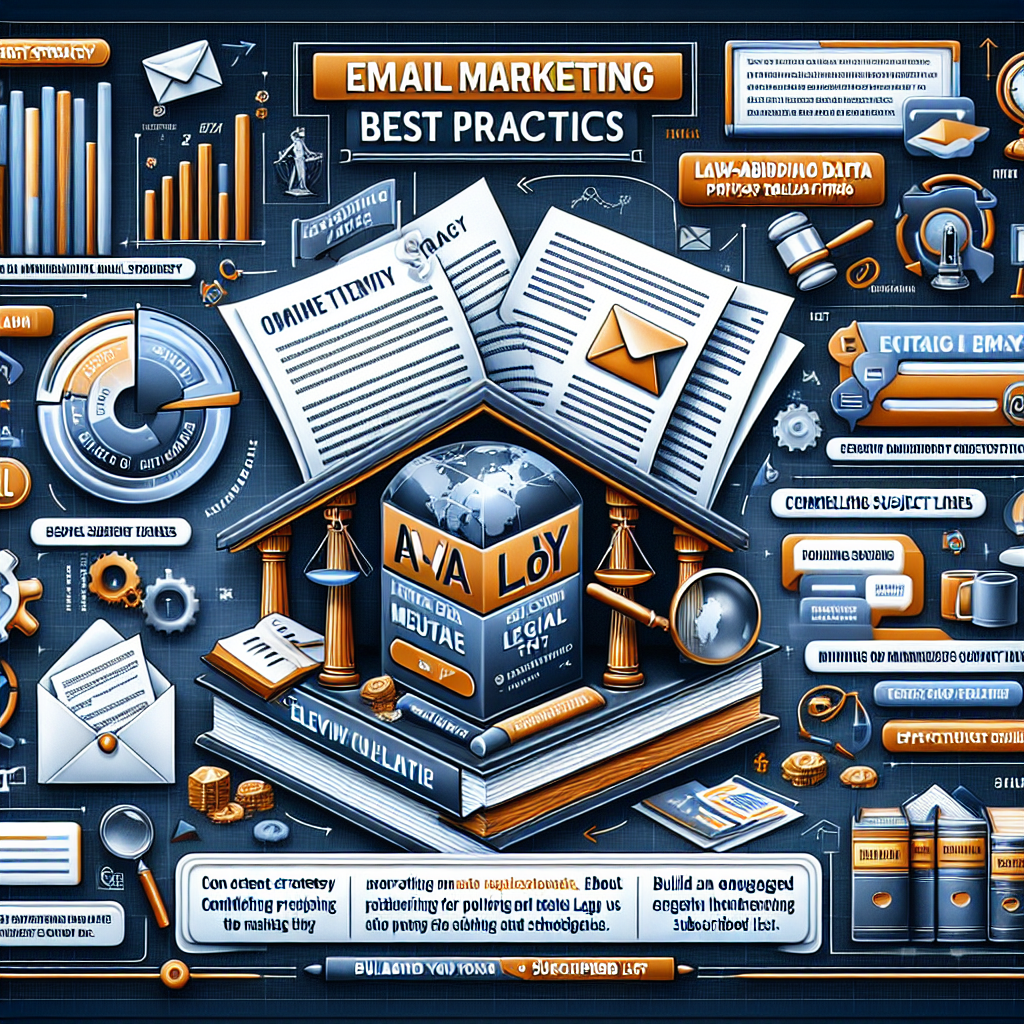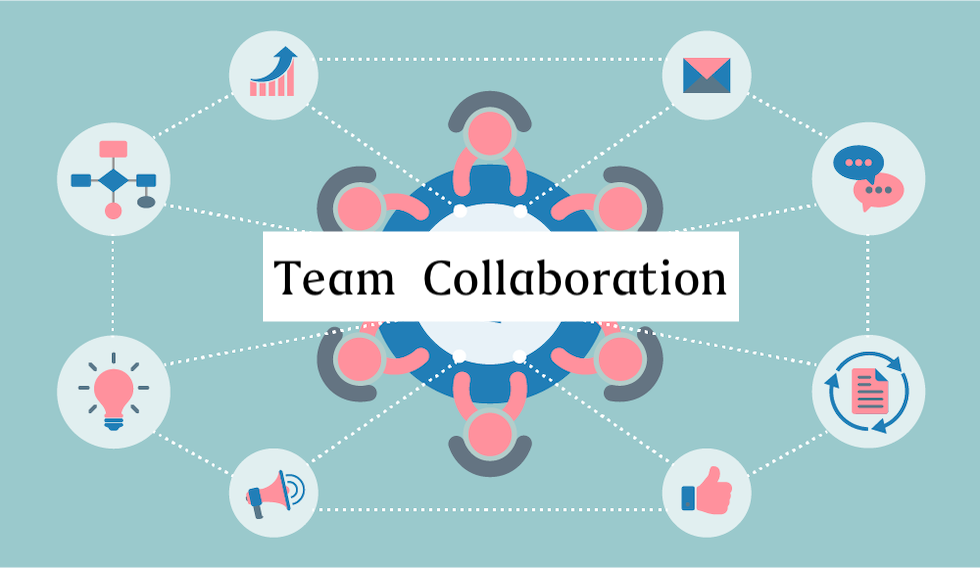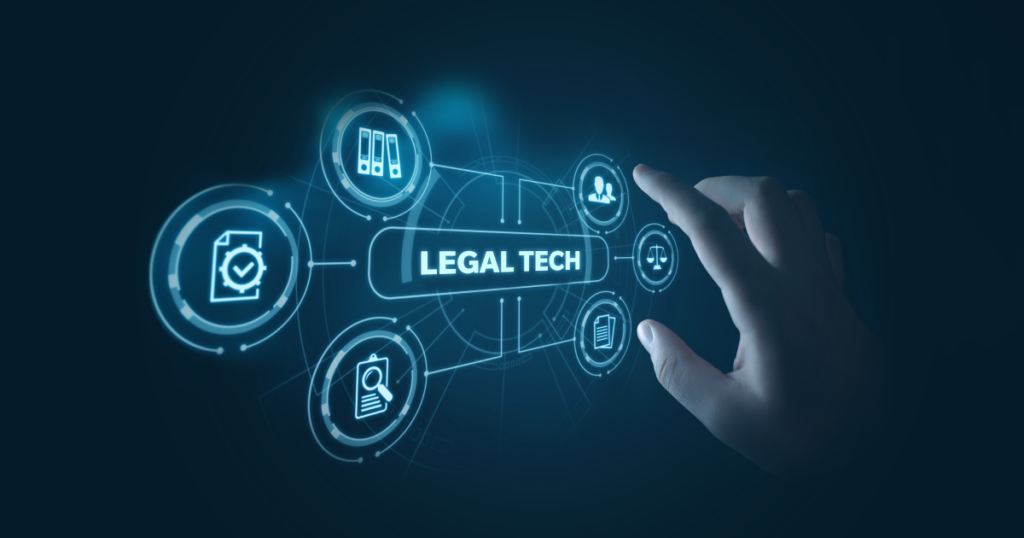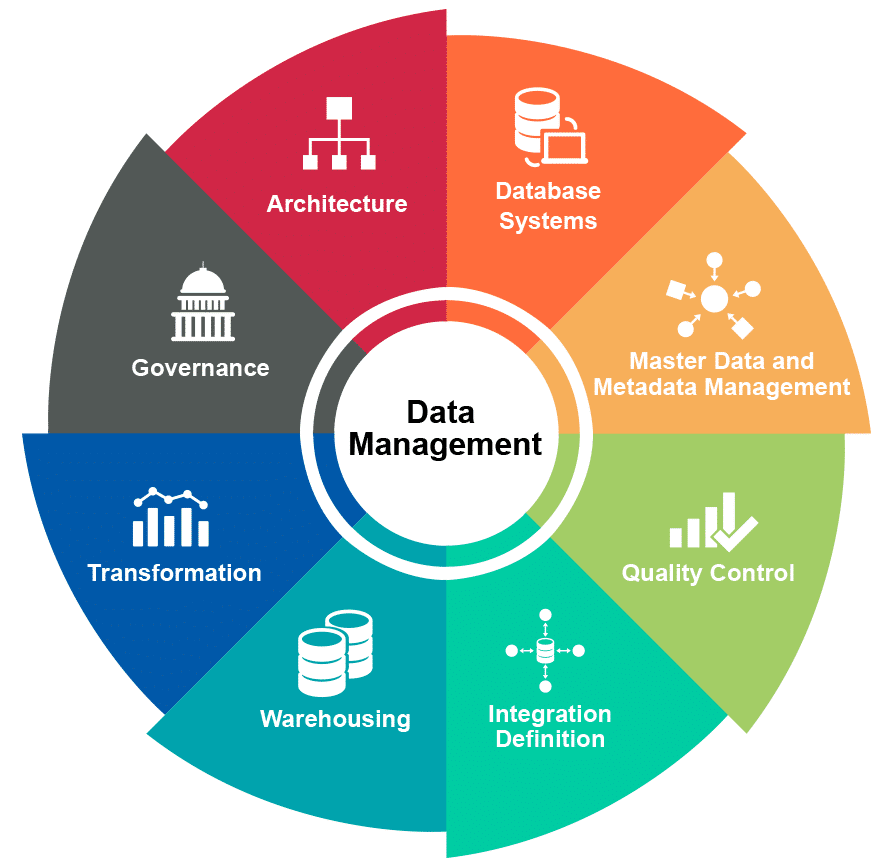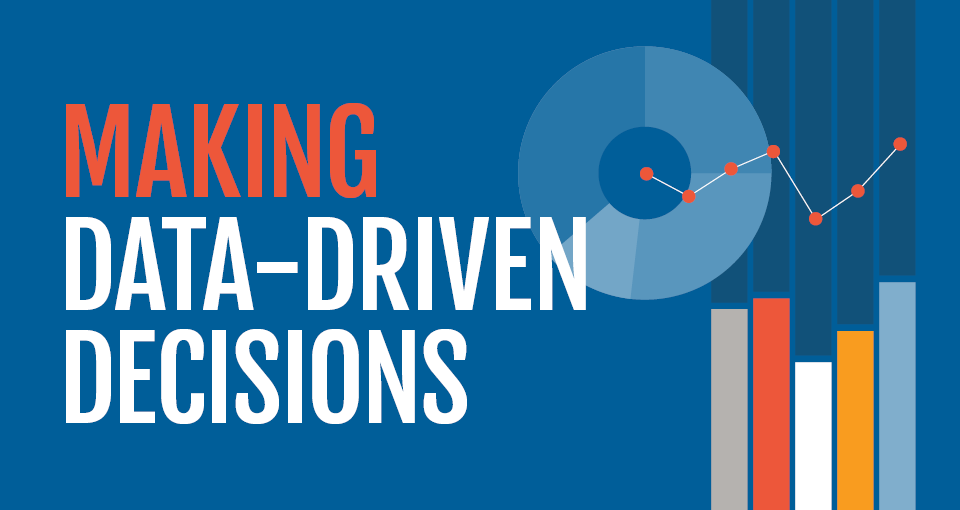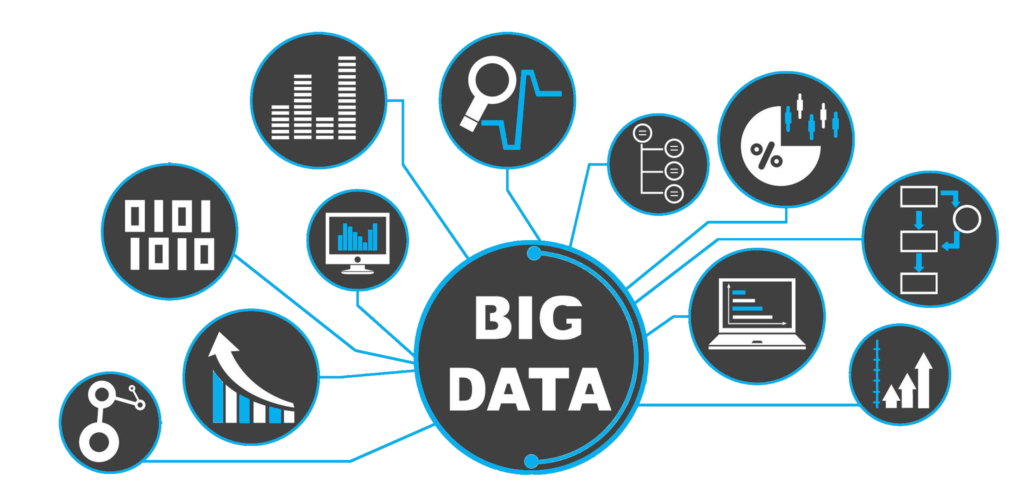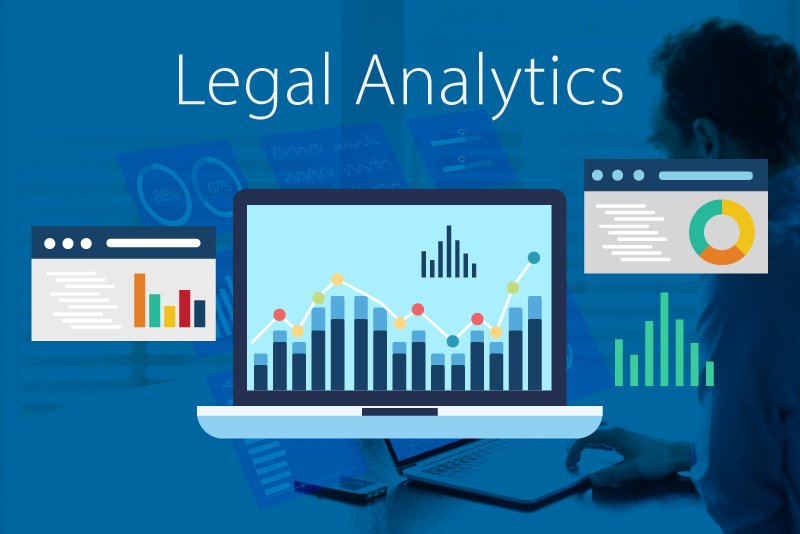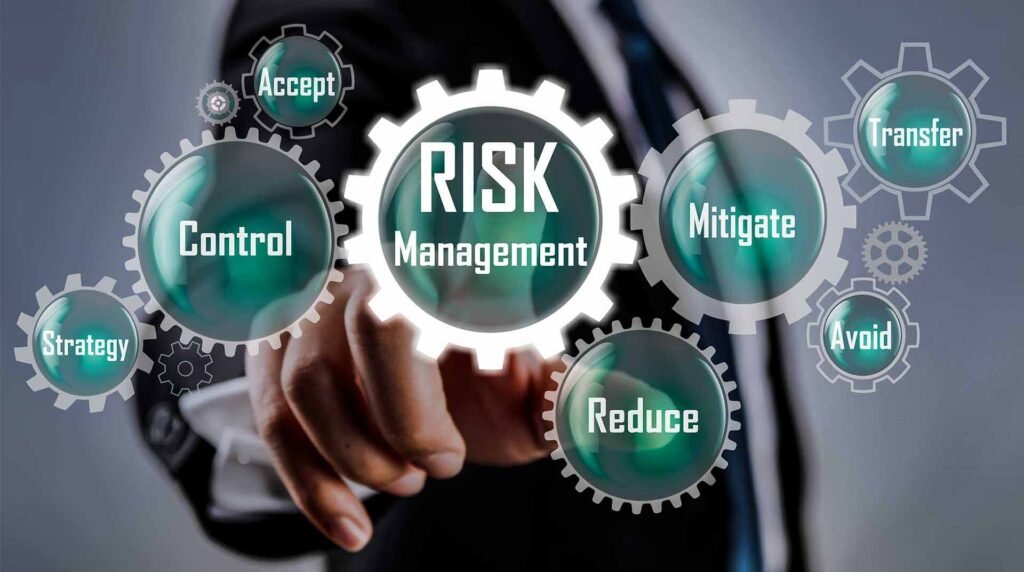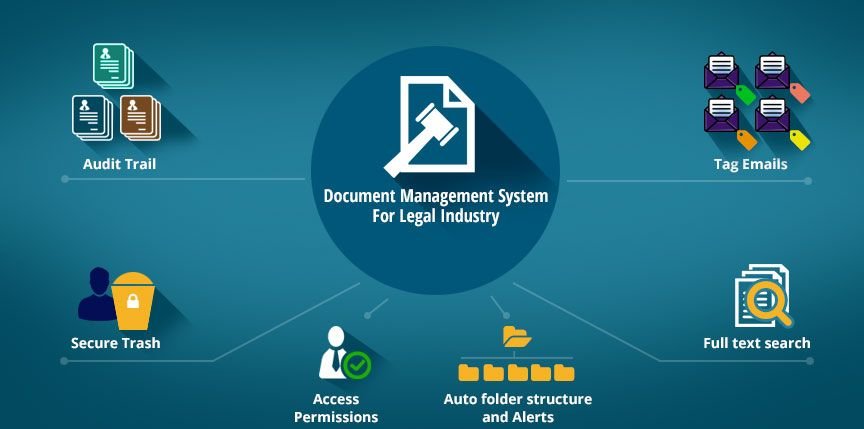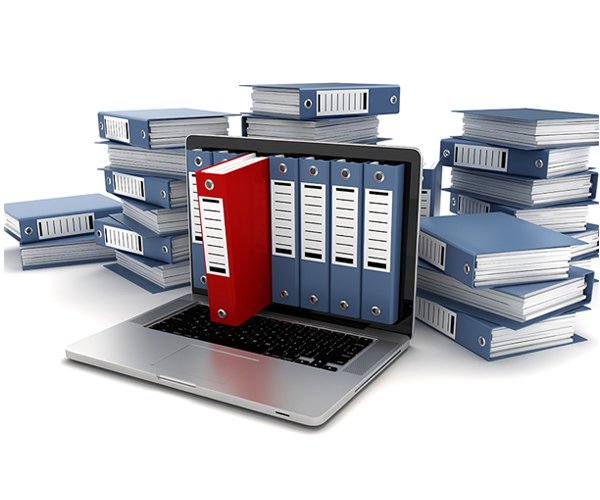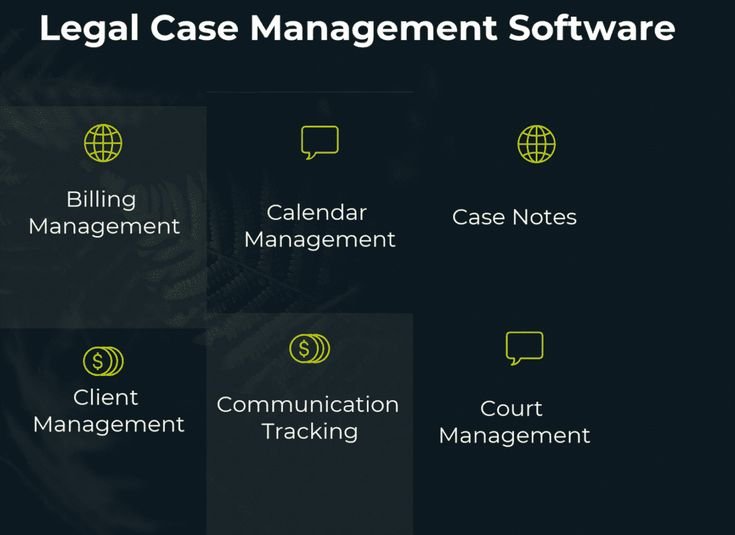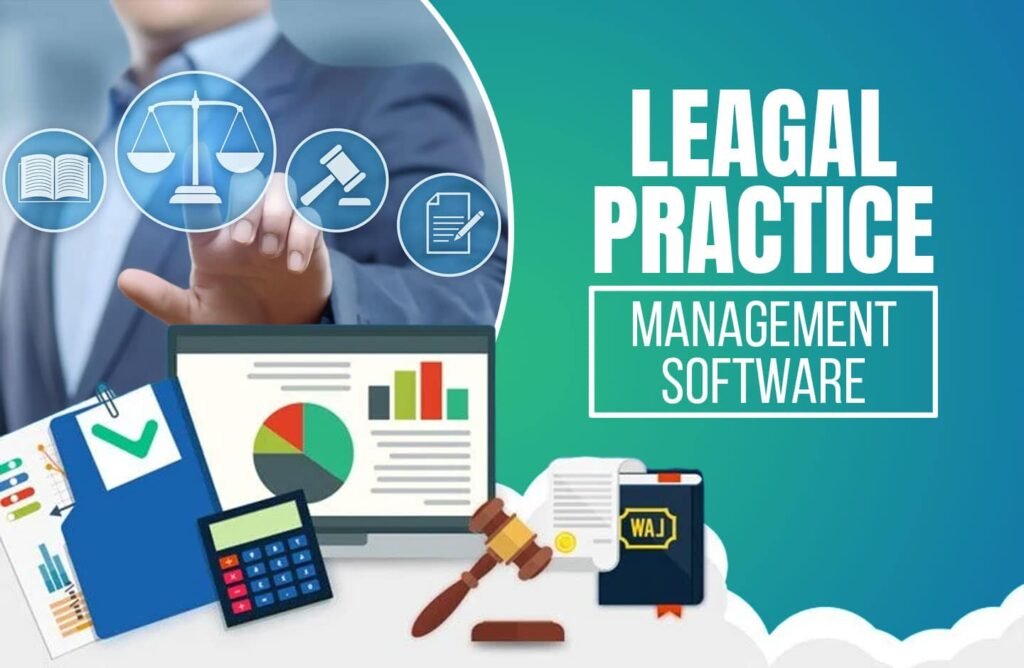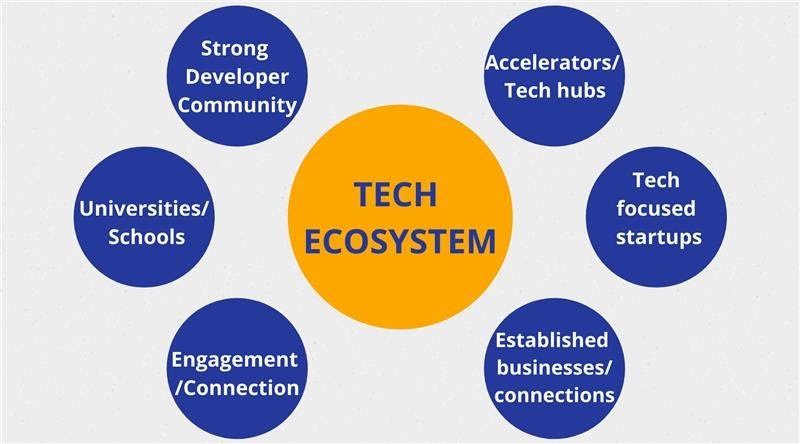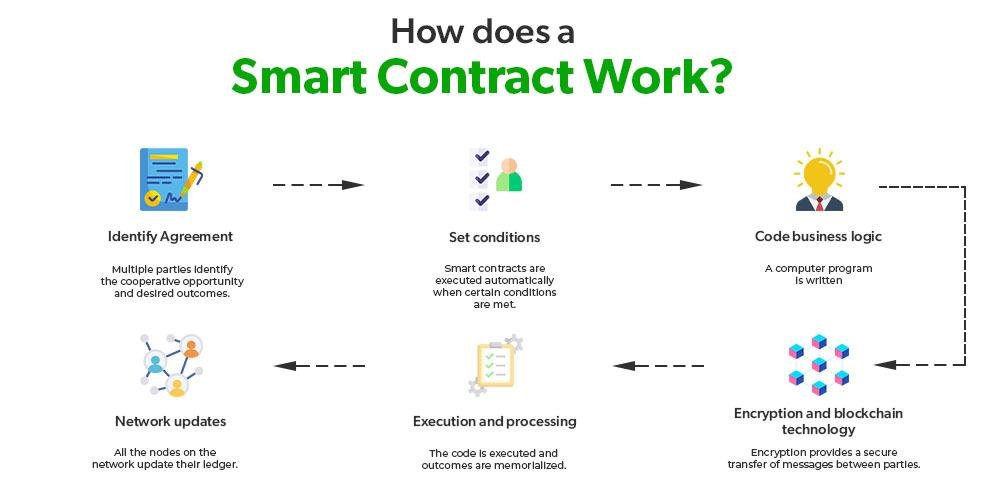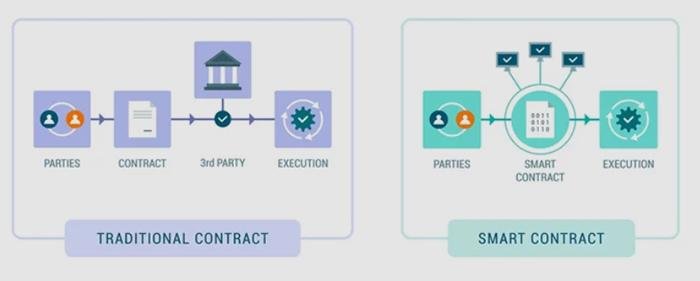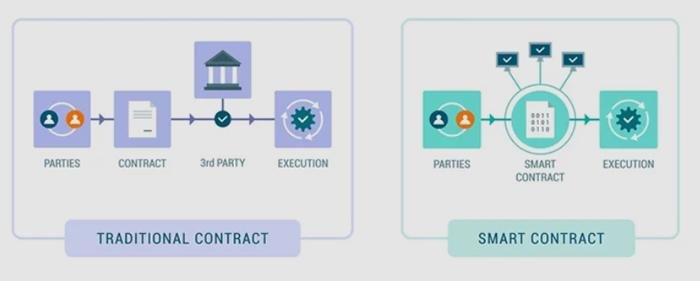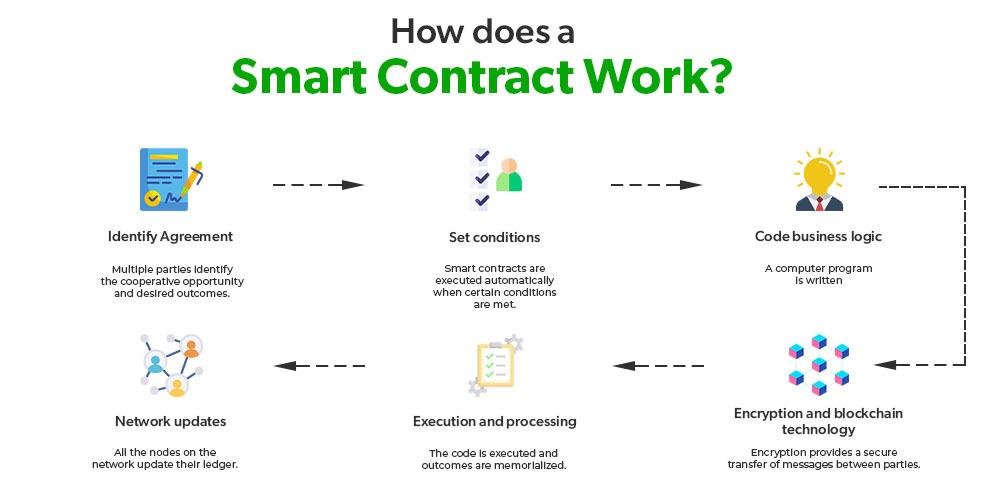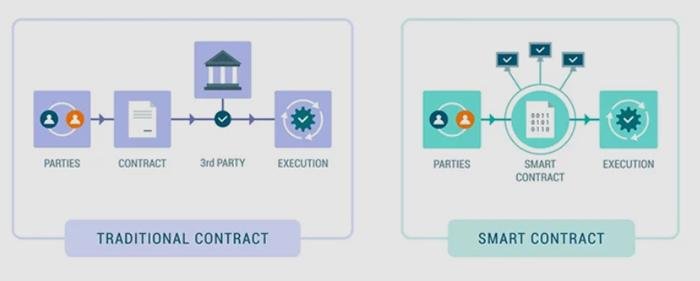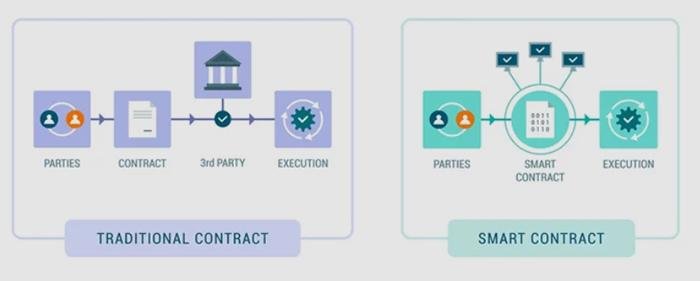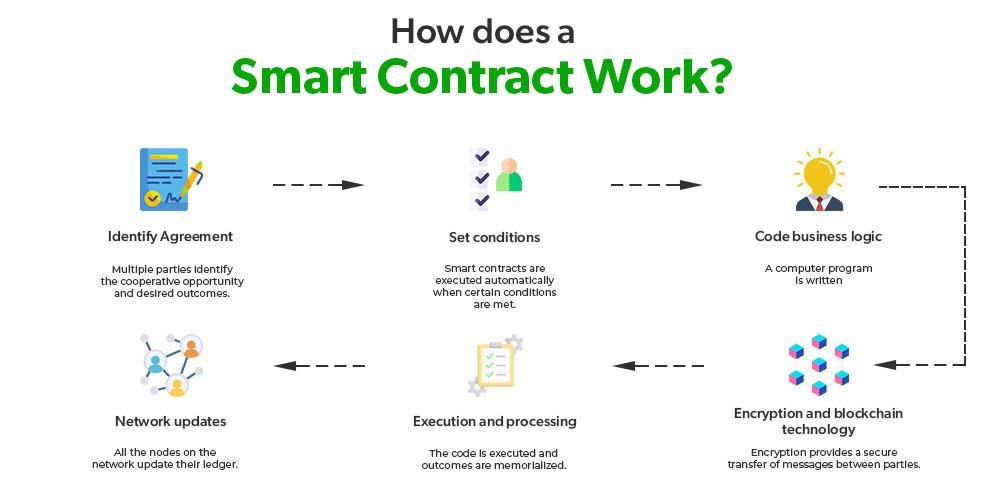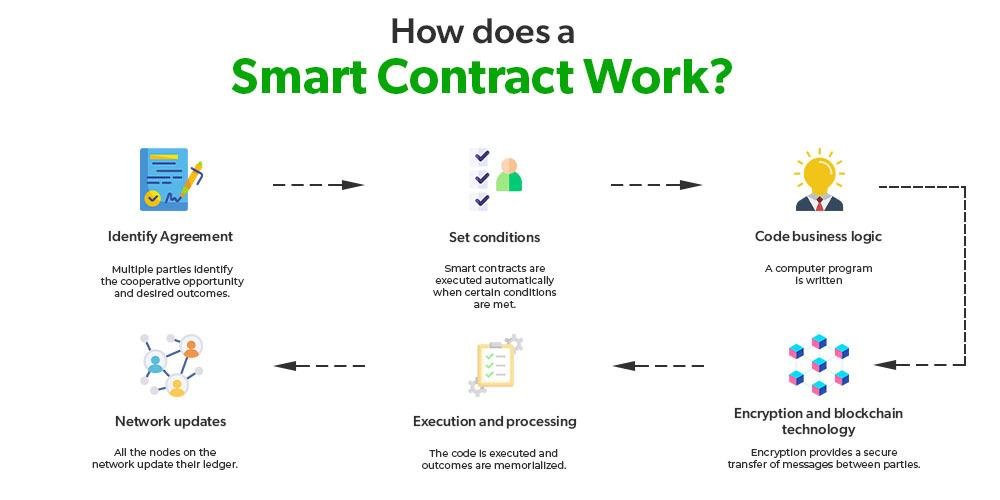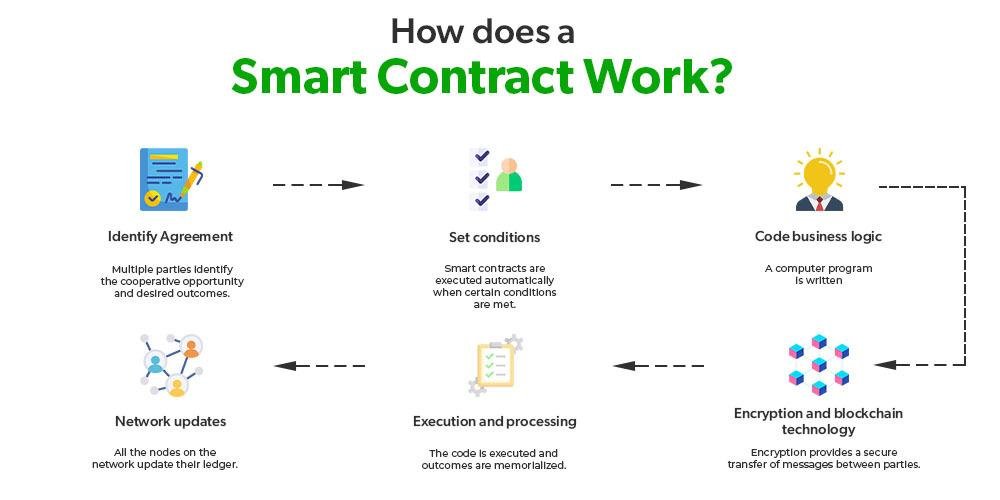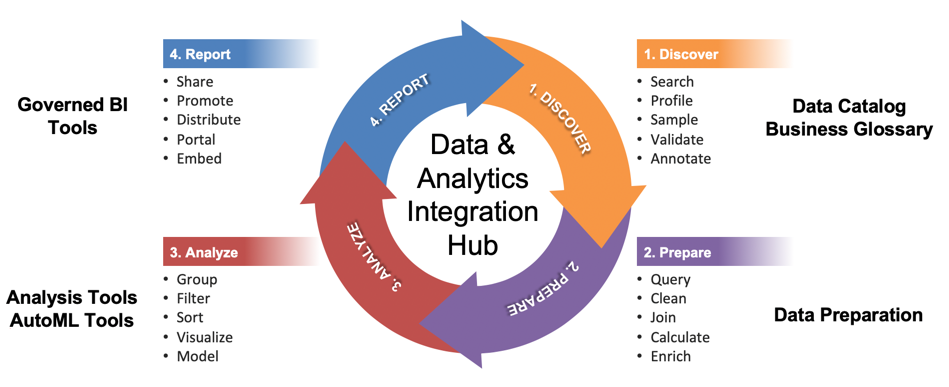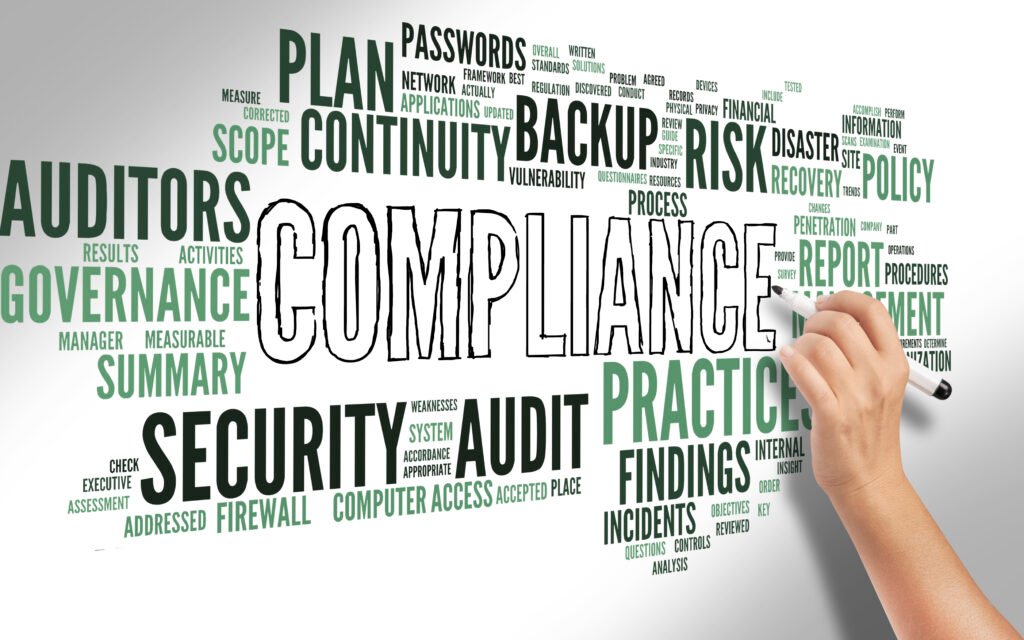E-Discovery Software for Efficient Document Review

E-discovery is the process of searching for and identifying electronically stored information (ESI) for use in litigation or other legal proceedings.
The e-discovery process has become a critical part of the legal system, as an ever-growing amount of information is created and stored electronically.
In order to make the e-discovery process more efficient, many companies are now using e-discovery software.
This software can help to automate the search for ESI, as well as the review and management of documents.
There are many different types of e-discovery software, so it is important to find one that meets your specific needs.
What is E-Discovery?
E-discovery, short for electronic discovery, refers to the process of identifying, preserving, collecting, and reviewing electronic documents and data as part of legal proceedings or investigations. In today’s digital age, the majority of relevant information is stored electronically, making e-discovery a crucial component of the legal process.
– Definition of E-Discovery:
E-discovery encompasses the search, retrieval, and analysis of electronically stored information (ESI) such as emails, documents, databases, social media posts, and more. It involves the identification and collection of potentially relevant ESI, followed by the review and production of these documents in a legally compliant manner.
– Types of Documents in E-Discovery:
E-discovery covers a wide range of documents, including emails, word processing files, spreadsheets, presentations, databases, audio files, video files, social media content, and even voicemails. These documents can be located on computers, servers, smartphones, cloud storage, or any other electronic device.
💡 key Takeaway: E-discovery is the process of identifying, preserving, and reviewing electronic documents and data for legal proceedings or investigations, covering various types of documents across different electronic platforms.
Definition of E-Discovery
E-Discovery, short for electronic discovery, refers to the process of identifying, collecting, and producing electronically stored information (ESI) for legal purposes. It involves locating, securing, and analyzing digital data, such as emails, documents, databases, and social media posts, that may be relevant as evidence in legal matters. E-Discovery is a crucial aspect of modern litigation, allowing legal professionals to efficiently manage and review vast amounts of digital information.
Key characteristics of E-Discovery include the use of specialized software tools and techniques to search, filter, and extract relevant data from various sources. These tools aid in effectively managing the complexities of digital information, streamlining the review process, and ensuring compliance with legal requirements.
E-Discovery involves not only the identification and retrieval of relevant information but also the organization and analysis of documents. By leveraging technology, legal teams can efficiently sort through large volumes of data, categorize documents based on relevance and privilege, and apply advanced text analytics to identify patterns, themes, and key information.
Using E-Discovery software enables legal professionals to better navigate the challenges of document review in today’s digital age. Such software offers a range of benefits that enhance accuracy, speed, and cost-effectiveness, ultimately leading to more efficient legal processes.
💡 key Takeaway: E-Discovery refers to the process of identifying, collecting, and analyzing electronically stored information for legal purposes. Specialized software tools and techniques are used to search, filter, and extract relevant data, improving the efficiency and accuracy of document review.
Types of Documents in E-Discovery
When it comes to e-discovery, there are various types of documents that organizations need to analyze and review. These documents can include emails, memos, contracts, spreadsheets, presentations, and even social media posts. Each type of document serves as potential evidence in legal matters, making it crucial to have efficient software solutions for document review.
To effectively review these documents, e-discovery software should be equipped to handle various file formats, such as PDFs, Word documents, Excel spreadsheets, and more. Additionally, the software should have robust search capabilities to quickly identify relevant information within these documents.
Within the realm of e-discovery, document categorization is vital. This functionality allows for the classification of documents based on their relevance, subject matter, or confidentiality level. By categorizing documents, legal professionals can better manage and organize the vast amount of data involved in e-discovery cases.
Text analytics is another important feature of e-discovery software. It utilizes machine learning algorithms to automatically extract relevant information from the documents, such as entities, concepts, and relationships. This helps to streamline the review process and uncover hidden patterns or insights within the data.
Automated redaction is a critical capability in e-discovery software, particularly when dealing with sensitive information that needs to be protected. This feature allows users to automatically redact or remove specific data points, such as personally identifiable information (PII) or confidential details, ensuring compliance with privacy regulations.
Cloud-based hosting is also a noteworthy feature that allows for secure and scalable storage of e-discovery documents. By leveraging the cloud, organizations can access and review documents from anywhere, while also benefiting from the scalability and reliability of cloud infrastructure.
💡 key Takeaway: In e-discovery, having efficient software solutions is crucial for document review. This includes features such as document categorization, text analytics, automated redaction, and cloud-based hosting. These features enable organizations to effectively analyze and review various types of documents, ensuring accuracy, speed, and cost savings in the e-discovery process.
Benefits of Using E-Discovery Software
E-discovery software offers numerous advantages to organizations involved in document review and legal proceedings. By leveraging the power of technology, these software solutions streamline the entire process and provide significant benefits. Here are some key benefits of using e-discovery software:
Improved Accuracy:
E-discovery software utilizes advanced algorithms and machine learning capabilities to accurately process and categorize large volumes of documents. This ensures that important information is not overlooked, leading to improved accuracy in document review.
Faster Document Review:
Manual document review can be a time-consuming and labor-intensive process. E-discovery software automates many manual tasks, such as searching, organizing, and categorizing documents. This significantly speeds up the document review process, saving time and resources.
Cost Savings:
Traditional document review involves hiring a large team of reviewers and conducting an extensive manual review. This can be costly, especially when dealing with large volumes of documents. E-discovery software reduces the need for manual review, resulting in significant cost savings for organizations.
Features of E-Discovery Software:
Document Categorization:
E-discovery software categorizes documents based on their relevance and importance. This categorization allows reviewers to prioritize and focus on the most critical documents, saving time and effort.
Text Analytics:
E-discovery software utilizes text analytics techniques to identify patterns, relationships, and insights from the text of documents. This helps in identifying relevant information quickly and efficiently.
Automated Redaction:
E-discovery software allows for the automatic redaction of sensitive and confidential information. This ensures compliance with privacy regulations and reduces the risk of accidentally sharing confidential data.
Cloud-Based Hosting:
Many e-discovery software solutions offer cloud-based hosting, allowing easy access to documents from anywhere, at any time. This facilitates collaboration among team members and improves efficiency in document review.
Important Considerations When Choosing E-Discovery Software:
Security:
When choosing e-discovery software, it is crucial to prioritize data security. Look for software solutions that offer robust security measures, such as encryption and secure data storage, to protect sensitive information.
Scalability:
Organizations dealing with large volumes of documents need software that can scale to meet their needs. Choose e-discovery software that offers scalability and can handle growing amounts of data effectively.
User Interface:
A user-friendly and intuitive interface is essential for efficient document review. Look for e-discovery software that provides an easy-to-navigate interface, allowing reviewers to work effectively and maximize productivity.
💡 key Takeaway: E-discovery software offers improved
Improved Accuracy
E-discovery software plays a crucial role in improving accuracy during document review processes. By utilizing advanced technology and algorithms, these solutions can efficiently analyze and process large volumes of data, ensuring that relevant documents are identified accurately. Here are some ways in which e-discovery software enhances accuracy:
1. Intelligent Search Capabilities: E-discovery software comes with sophisticated search functionalities that allow users to retrieve specific documents based on keywords, metadata, or other specific criteria. This advanced search capability reduces the chances of missing crucial information, leading to more accurate results.
2. Conceptual Analysis: Another feature that contributes to accuracy is the ability of e-discovery software to perform conceptual analysis of documents. It can identify similar or related concepts within the text, even if specific keywords are not explicitly mentioned. This helps in uncovering relevant information that might have been overlooked through traditional manual review.
3. Machine Learning and Predictive Coding: Many e-discovery software solutions leverage machine learning algorithms and predictive coding techniques to improve accuracy. By analyzing the decisions made by human reviewers, the software learns patterns and makes predictions, reducing the need for extensive manual review and increasing the accuracy of document categorization.
4. Quality Control Measures: E-discovery software often incorporates built-in quality control measures that validate and verify the accuracy of the results. These measures may include data validation checks, sampling techniques, or even manual review by experts, ensuring that the final output is reliable and accurate.
Faster Document Review
In the realm of e-discovery, document review plays a crucial role in the legal process. It involves analyzing and categorizing large volumes of documents to identify relevant information for litigation, investigations, or compliance purposes. Traditionally, this task has been time-consuming and labor-intensive, often requiring teams of lawyers to manually sift through mountains of paper or electronic records.
However, with the advent of e-discovery software, the document review process has been revolutionized. These sophisticated tools leverage advanced technologies such as artificial intelligence and machine learning to automate and streamline the review process, resulting in significant time savings.
Benefits of using e-discovery software for faster document review include:
1. Improved Efficiency: E-discovery software employs powerful algorithms that can quickly analyze and sort through vast amounts of data. It can efficiently identify relevant documents, filter out duplicates, and prioritize documents based on their potential importance. This automation drastically reduces the time and effort required for manual review, enabling legal teams to focus on higher-value tasks.
2. Enhanced Accuracy: Human error is an inherent risk in manual document review. E-discovery software minimizes this risk by leveraging advanced analytics and machine learning algorithms that can learn from human decisions and provide recommendations. This not only improves accuracy but also helps build consistency within the document review process.
3. Increased Speed: Time is often of the essence in legal proceedings. E-discovery software significantly accelerates the document review timeline, allowing legal teams to meet tight deadlines and respond to requests in a timely manner. With its ability to process and categorize documents at lightning-fast speeds, e-discovery software ensures that no stone is left unturned in the pursuit of relevant information.
4. Cost Savings: Traditional document review methods involve substantial manpower and resources. By automating the process and optimizing efficiency, e-discovery software helps control costs. It reduces the need for extensive manpower, enables faster completion of tasks, and minimizes the risk of overlooking critical documents, resulting in tangible cost savings for legal departments and law firms.
💡 key Takeaway: E-discovery software expedites the document review process by leveraging advanced technologies, improving efficiency, accuracy, speed, and cost-effectiveness.
Cost Savings
One of the key benefits of using e-discovery software is the significant cost savings it provides. By implementing an efficient e-discovery solution, organizations can streamline their document review process, resulting in reduced manpower and resource requirements. Here are some ways in which e-discovery software helps achieve cost savings:
1. Efficient Filtering and Sorting: E-discovery software allows for the quick and accurate categorization and sorting of documents based on their relevance to the case. This eliminates the need for manual review of irrelevant or non-responsive documents, saving both time and money.
2. Automated Document Redaction: Redacting sensitive or privileged information from documents is a crucial step in e-discovery. With e-discovery software, this process can be automated, minimizing the need for manual redaction. By automating this task, organizations can save on labor costs and reduce the risk of human error.
3. Reduced Storage Costs: Traditional paper-based document storage can be expensive and cumbersome. E-discovery software offers cloud-based hosting solutions, allowing organizations to store and access their documents securely online. This eliminates the need for physical storage space and reduces associated costs.
4. Increased Productivity and Collaboration: E-discovery software offers features such as document collaboration, real-time notifications, and task management, which help streamline the review process and improve productivity. By enabling collaborative workflows and efficient communication, organizations can achieve significant time and cost savings.
💡 key Takeaway: Implementing e-discovery software can result in substantial cost savings by streamlining the document review process, automating tasks, reducing storage costs, and improving collaboration.
Features of E-Discovery Software
1. Document Categorization:
One of the key features of e-discovery software is document categorization. This feature enables the software to automatically analyze and classify documents based on their content and relevance. It saves time and effort by organizing large volumes of documents into categories, making it easier for legal professionals to review and locate specific information. With document categorization, you can quickly identify relevant documents and prioritize them for further review.
2. Text Analytics:
Text analytics is another powerful feature of e-discovery software. It utilizes advanced natural language processing algorithms to identify patterns, sentiments, and relationships within textual data. By applying text analytics, the software can extract key information, detect recurring themes, and identify important contextual clues. This helps legal professionals gain valuable insights from large volumes of unstructured data, leading to more efficient document review and analysis.
3. Automated Redaction:
Sensitive information often needs to be redacted during the e-discovery process to ensure privacy and comply with legal requirements. E-discovery software offers automated redaction capabilities, enabling users to easily identify and redact confidential or privileged information from documents. This feature streamlines the redaction process, reduces the risk of human error, and ensures that sensitive information is properly protected.
4. Cloud-Based Hosting:
Many e-discovery software solutions now offer cloud-based hosting, providing secure and scalable storage for documents and data. Cloud-based hosting eliminates the need for on-premises infrastructure and allows for easy access to documents from anywhere and at any time. It also ensures data redundancy, backups, and high levels of security, giving users peace of mind when it comes to document storage and retrieval.
💡 key Takeaway: E-discovery software offers a range of powerful features to enhance the efficiency and accuracy of document review. Document categorization, text analytics, automated redaction, and cloud-based hosting are key features that streamline the e-discovery process, saving time and costs while ensuring data security and compliance.
Document Categorization
Document categorization is a crucial feature of e-discovery software that helps streamline the document review process. By automatically organizing documents into specific categories, it allows legal professionals to quickly identify and prioritize relevant information. This feature utilizes advanced algorithms and text analysis techniques to classify documents based on their content, keywords, metadata, and other relevant criteria.
Benefits of Document Categorization:
1. Efficient Organization: With document categorization, large volumes of documents can be classified into relevant categories, making it easier to locate specific information during the review process. This saves valuable time and improves overall efficiency.
2. Increased Accuracy: By automatically categorizing documents, potential errors and inconsistencies that may arise from manual categorization are minimized. This ensures a higher level of accuracy in identifying relevant documents and reduces the risk of missing critical information.
3. Improved Workflow: Document categorization enables legal teams to prioritize their review efforts by focusing on the most important documents first. This helps streamline the workflow, allowing for a faster and more efficient document review process.
4. Enhanced Collaboration: Document categorization facilitates easier collaboration among multiple team members. By having documents organized into specific categories, it becomes simpler to assign tasks and share information, leading to improved teamwork and productivity.
Quotes:
– “Document categorization is a game-changer in the e-discovery process. It eliminates the tedious task of manually sorting through thousands of documents and helps legal professionals maximize their time and resources.” – John Smith, E-Discovery Expert.
– “The ability to quickly categorize documents based on their relevance is a key advantage of e-discovery software. It allows for a more strategic approach to document review and significantly speeds up the overall process.” – Jane Doe, Legal Consultant.
💡 key Takeaway: Document categorization is a powerful feature of e-discovery software that improves the efficiency, accuracy, and collaboration of the document review process. It saves time, enhances organization, and helps legal professionals prioritize their efforts in evaluating relevant documents. By utilizing this feature, businesses and legal teams can streamline their e-discovery workflows and achieve better outcomes.
Text Analytics
Text analytics is a crucial feature in e-discovery software that helps legal professionals extract valuable insights from large volumes of unstructured text data. With the ability to analyze and interpret text documents, this technology enhances the efficiency and accuracy of document review during e-discovery processes. Here are some key points to understand about text analytics:
1. Concept Clustering: Text analytics tools can automatically cluster similar concepts or topics within a document collection. This allows legal teams to identify relevant documents more efficiently and classify them based on their content.
2. Keyword Extraction: By extracting important keywords or phrases from documents, text analytics simplifies the process of information retrieval. It enables professionals to quickly locate specific terms or concepts within the vast sea of documents, saving time and effort.
3. Sentiment Analysis: Text analytics can gauge the sentiment expressed within text documents. This function can be particularly useful in cases where sentiment plays a crucial role, such as in legal disputes involving customer reviews or social media comments.
4. Language Identification: E-discovery software with text analytics capabilities can identify the language used in document collections, even if they contain multiple languages. This feature ensures accurate processing of multilingual documents and supports international cases.
5. Topic Modeling: Text analytics can automatically identify underlying topics or themes within a collection of documents. This allows legal professionals to gain a high-level overview of the documents and prioritize their review based on relevance.
(Text Analytics Section Key takeaway): Text analytics is a vital component of e-discovery software, enabling legal professionals to organize, analyze, and understand large volumes of unstructured text data more efficiently. Its ability to cluster concepts, extract keywords, analyze sentiment, identify languages, and model topics streamlines the document review process and improves accuracy.
Automated Redaction
One of the key features offered by E-Discovery software is automated redaction. Automated redaction plays a crucial role in enhancing privacy and confidentiality during the document review process. It allows users to identify and redact sensitive information such as personally identifiable information (PII), confidential business data, or privileged attorney-client communications.
Benefits of Automated Redaction:
1. Accuracy: Manual redaction can be time-consuming and prone to errors. Automated redaction algorithms ensure a high level of accuracy by precisely identifying and redacting sensitive content, minimizing the risk of inadvertent exposure.
2. Efficiency: With the volume of electronically stored information (ESI) increasing exponentially, manual redaction becomes an arduous task. Automated redaction significantly speeds up the document review process by quickly identifying sensitive data across multiple documents.
3. Cost Savings: By automating the redaction process, organizations can reduce the resources needed for manual review. This leads to cost savings, especially in cases involving large-scale document productions or ongoing litigation.
4. Compliance: Automated redaction helps organizations comply with privacy regulations such as GDPR and HIPAA. By ensuring the secure handling of sensitive information, organizations can avoid penalties and legal ramifications.
Important Considerations:
1. Accuracy Validation: It is essential to choose an E-Discovery software that allows for manual validation of automated redactions. This ensures that any potential false positive or false negative redactions can be reviewed and corrected.
2. Redaction Transparency: The software should provide an audit trail of all redactions made, allowing for accountability and transparency in the document review process.
3. Customization Options: Each organization has unique redaction requirements. Look for software that offers customizable redaction rules and settings to fit specific needs.
💡 key Takeaway: Automated redaction is a critical feature in E-Discovery software, providing accuracy, efficiency, cost savings, and compliance with privacy regulations. When selecting software, consider the ability to validate redactions, ensure transparency, and customize rules according to specific requirements.
Cloud-Based Hosting
Cloud-based hosting is a crucial feature of e-discovery software that offers numerous benefits. By leveraging cloud technology, e-discovery software allows for the secure storage and management of vast amounts of data, eliminating the need for on-premise infrastructure. This means that organizations can access their documents and perform document review from any location with an internet connection.
Benefits:
1. Scalability: Cloud-based hosting provides the flexibility to scale storage and processing resources based on the needs of the case. This ensures that organizations can handle large volumes of data during peak times without compromising performance or incurring additional costs.
2. Accessibility: With cloud-based hosting, authorized users can access documents and collaborate in real-time, regardless of their physical location. This enhances productivity and efficiency by allowing teams to work together seamlessly, regardless of geographical barriers.
3. Data Security: Leading e-discovery software solutions prioritize the security and protection of sensitive data. By leveraging advanced encryption and security protocols, cloud-based hosting ensures that documents are safe from unauthorized access or data breaches.
4. Reliability: Cloud-based hosting offers high levels of reliability and availability. Service providers typically have redundant infrastructure and data centers, minimizing the risk of downtime and ensuring that documents are accessible whenever needed.
Quotes:
– “Cloud-based hosting provides organizations with the flexibility to scale resources, enhance collaboration, and ensure the security and availability of their e-discovery documents.”
– “The accessibility and reliability of cloud-based hosting make it a desirable feature for organizations looking to streamline their document review process.”
💡 key Takeaway: Cloud-based hosting is a critical feature of e-discovery software that offers scalability, accessibility, data security, and reliability benefits for organizations conducting document review.
Important Considerations When Choosing E-Discovery Software
When selecting an e-discovery software, there are several important considerations to keep in mind. These factors can significantly impact the efficiency and effectiveness of your document review process. Here are some key aspects to consider:
1. Security: Ensuring the security of your sensitive data should be a top priority when choosing e-discovery software. Look for software providers that offer robust security measures, such as encryption, user authentication, and data access controls. Additionally, consider whether the software complies with industry regulations, such as GDPR or HIPAA, depending on your specific requirements.
2. Scalability: As your organization grows and the volume of documents increases, it’s essential to choose software that can scale with your needs. Ensure that the software can handle large datasets without compromising performance or requiring significant infrastructure investments. Scalability will enable your team to efficiently handle e-discovery projects of any size.
3. User Interface: A user-friendly interface is crucial for seamless document review. Look for software that offers intuitive navigation, clear organization of features, and customizable workflows. An intuitive interface can significantly reduce training time and ensure that your team can quickly adapt to the software and work efficiently.
4. Integration Capabilities: Consider how well the e-discovery software integrates with other tools and systems in your organization’s tech stack. Smooth integration with existing platforms, such as case management systems or document repositories, can streamline the overall e-discovery process by reducing manual data transfers and improving data consistency.
💡 key Takeaway: When choosing e-discovery software, prioritize security, scalability, user interface, and integration capabilities to ensure efficient and effective document review processes.
Security
Security is one of the most important considerations when choosing E-Discovery software. The sensitive nature of legal documents and the potential risk of data breaches make it crucial to select a solution that prioritizes security measures. Some key security features to look for in E-Discovery software include:
1. Encryption: Ensure that the software offers strong encryption protocols to protect data at rest and in transit. Look for industry-standard encryption algorithms such as AES-256.
2. Access Controls: The software should have robust access controls, allowing administrators to set granular permissions for different users or user groups. This ensures that only authorized individuals can access and modify sensitive information.
3. Audit Trails: An effective E-Discovery solution should provide comprehensive audit trails that track user activities, document access, and any changes made. This feature helps maintain accountability and traceability within the software.
4. Data Privacy: Look for software that adheres to data privacy regulations, such as GDPR or HIPAA, depending on your jurisdiction and industry. The solution should have mechanisms in place to handle data subject requests, data retention policies, and data anonymization, if required.
5. Secure Data Transmission: The software should have secure channels for data transmission, such as encrypted connections (e.g., SSL/TLS) when documents are uploaded or shared between different parties.
6. Intrusion Detection and Prevention: E-Discovery software should have robust intrusion detection and prevention mechanisms in place, including firewalls, network monitoring, and real-time threat intelligence. This helps to detect and mitigate any potential security breaches.
By prioritizing security features in your selection of E-Discovery software, you can ensure the protection of sensitive documents and data throughout the review process.
💡 key Takeaway: When choosing E-Discovery software, prioritize security features such as encryption, access controls, audit trails, data privacy compliance, secure data transmission, and intrusion detection and prevention.
Scalability
Scalability is a crucial factor to consider when choosing e-discovery software. As organizations deal with an ever-increasing amount of digital data, the software’s ability to handle large volumes of information becomes paramount. A scalable e-discovery solution can efficiently process and manage data sets of varying sizes, ensuring smooth operation even when faced with complex litigation scenarios.
Here are some key reasons why scalability matters in e-discovery software:
1. Efficient Processing: Scalable software allows for the quick and efficient processing of massive volumes of documents. This ensures that legal professionals can conduct comprehensive document reviews without experiencing delays or bottlenecks.
2. Flexibility in Handling Growth: As data volumes continue to grow, a scalable solution can adapt and expand to accommodate increasing demands. Whether it’s an ongoing case or multiple concurrent matters, a scalable e-discovery system can handle the influx of data without compromising performance.
3. Cost Optimization: Scalable software enables organizations to optimize costs by only utilizing the necessary resources. It eliminates the need for investing in additional hardware or software licenses as data volumes increase. This flexibility allows businesses to scale up or down as needed, resulting in significant cost savings.
4. Enhanced Collaboration: Scalability facilitates collaboration among multiple legal teams, both within and across organizations. Legal professionals working on different aspects of a case can access and review relevant documents simultaneously, improving efficiency and reducing duplication of efforts.
5. Future-Proof Solution: By choosing a scalable e-discovery software, organizations can future-proof their investment. As data volumes and litigation complexities continue to evolve, a scalable solution ensures long-term viability, avoiding the need for frequent software changes.
💡 key Takeaway: Scalability is a crucial consideration in selecting e-discovery software as it allows for efficient processing, flexible growth handling, cost optimization, enhanced collaboration, and ensures a future-proof solution.
User Interface
A user-friendly and intuitive interface is a crucial factor to consider when choosing e-discovery software. The user interface should be designed to simplify complex tasks and provide easy navigation. Here are some key features to look for in the user interface of e-discovery software:
1. Clear and Responsive Design: The software should have a clean and clutter-free design that allows users to easily navigate through various features and functions. It should also be responsive, ensuring that it works seamlessly across different devices and screen sizes.
2. Customization Options: A flexible user interface allows users to customize their workflows and preferences. This includes the ability to personalize dashboards, arrange widgets, and adjust settings according to individual needs.
3. Intuitive Search and Filtering: The software should provide powerful search capabilities, enabling users to quickly locate specific documents or information within large datasets. Additionally, advanced filtering options help refine search results based on various parameters like date, author, file type, or keywords.
4. Visual Analytics: Visual representation of data through charts, graphs, and visualizations can significantly enhance the overall user experience. It helps users gain insights into document patterns, relationships, and trends, making it easier to identify relevant information quickly.
5. Collaboration Tools: Collaboration is a crucial aspect of e-discovery, especially in multi-user environments. The user interface should include collaborative features like document sharing, annotation, commenting, and task assignment. This promotes effective teamwork and streamlines the document review process.
6. Reporting and Analytics: The software should have robust reporting capabilities that allow users to generate detailed reports on document review progress, search statistics, and other relevant metrics. Advanced analytics can provide valuable insights into the efficiency and effectiveness of the e-discovery process.
“A user-friendly interface with intuitive search and filtering options, customizable features, and visual analytics enhances the efficiency and effectiveness of e-discovery software.”
Benefits of Using E-Discovery Software
E-discovery software offers numerous benefits for efficient document review. By leveraging advanced technology, these software solutions streamline the process, improve accuracy, and provide cost savings. Here are some key advantages of using e-discovery software:
1. Improved Accuracy:
E-discovery software utilizes powerful algorithms and machine learning to enhance accuracy in document review. Through text mining and data analysis, software tools can quickly identify relevant documents and eliminate false positives. This ensures that legal professionals can focus their attention on the most important information, saving time and minimizing errors.
2. Faster Document Review:
One of the major advantages of e-discovery software is its ability to expedite document review processes. With automated search capabilities and intelligent categorization, these tools allow users to quickly locate and retrieve specific documents based on targeted criteria. This significantly reduces manual effort and improves overall productivity during the review stage.
3. Cost Savings:
Implementing e-discovery software can result in significant cost savings for organizations. By automating time-consuming tasks, such as document indexing and tagging, software tools reduce the need for extensive manual work. This not only saves resources but also eliminates potential human errors, further reducing costs associated with sorting, organizing, and analyzing large volumes of data.
4. Advanced Features:
E-discovery software offers a range of features to enhance the review process. Document categorization enables users to efficiently group and organize documents based on relevant attributes, making it easier to navigate through complex data sets. Text analytics capabilities allow for advanced searching, clustering, and concept extraction to improve text classification and uncover hidden patterns. Automated redaction ensures sensitive information is protected and allows for efficient redaction of confidential or privileged data. Moreover, cloud-based hosting provides convenient access to documents from anywhere, ensuring seamless collaboration among legal teams.
💡 key Takeaway: E-discovery software offers improved accuracy, faster document review, cost savings, and advanced features like document categorization, text analytics, automated redaction, and cloud-based hosting.
Conclusion
Conclusion E-discovery is a process of reviewing electronic documents in order to identify and extract information that is relevant to the litigation process. There are many different types of software that can be used for e-discovery. Some of the most popular e-discovery software solutions include: -Mongoose -Crimson -Nextflow -Documentum -OmniDiscovery -Hazelcast Each of these solutions has its own unique features and advantages, so it is important to choose the right one for your needs. Make sure to review the e-discovery software options carefully before choosing a particular solution. This will help you to select the most efficient and effective software for your specific needs. Once you have chosen the e-discovery software that is best suited for your needs, make sure to properly configure it. This will ensure that the software is able to extract the information that you need from the documents that you are reviewing










































































































































































































































































